Whew – you made it through the better half of the week, BP4U-ers! Pats on the back for that one! Today’s featured photographer is Keyla Jones of Grace Michael Photography, whose studio is based in Indianapolis. We recently collaborated with this awesome photog to bring you The Ultimate Studio Guide! I’ll let Keyla tell you a little more about herself in her own words.
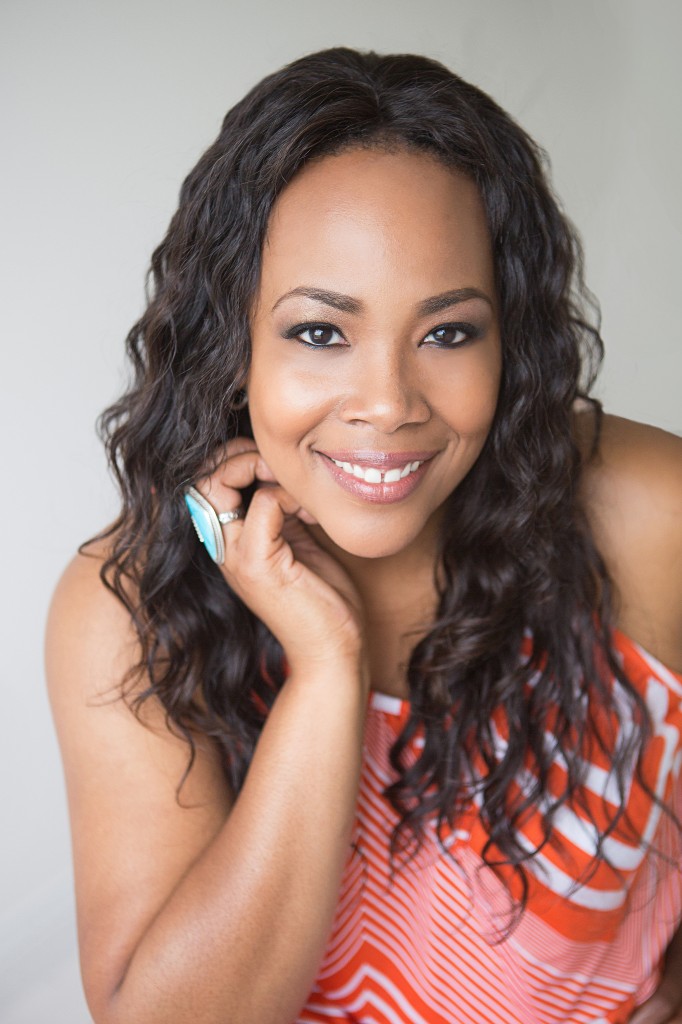 “Hello! I’m Keyla Jones. I’m a funny introvert who loves coffee. I’m trying to break up with coffee and date water. (Suffice it to say, it hasn’t been a torrid love affair. Grown up health is not fun.)
Besides being a photographer, I’m most proud of my role as wife and mom. I’ve been married to my husband for nearly 17 years and I’m hopeful that he still likes me. My children are ages seven and five and very much keep me on my toes. They inherited my sense of humor, which backfires on me a lot. Thankfully, though, they take after their dad when it comes to compassion.
My life isn’t perfect, but I do remember that it’s perfectly mine and it’s one that I’m grateful for.”
“Hello! I’m Keyla Jones. I’m a funny introvert who loves coffee. I’m trying to break up with coffee and date water. (Suffice it to say, it hasn’t been a torrid love affair. Grown up health is not fun.)
Besides being a photographer, I’m most proud of my role as wife and mom. I’ve been married to my husband for nearly 17 years and I’m hopeful that he still likes me. My children are ages seven and five and very much keep me on my toes. They inherited my sense of humor, which backfires on me a lot. Thankfully, though, they take after their dad when it comes to compassion.
My life isn’t perfect, but I do remember that it’s perfectly mine and it’s one that I’m grateful for.”
Now that you know a little more about Keyla the person, let’s dive into Keyla the photographer and studio owner!
An Interview with Keyla Jones
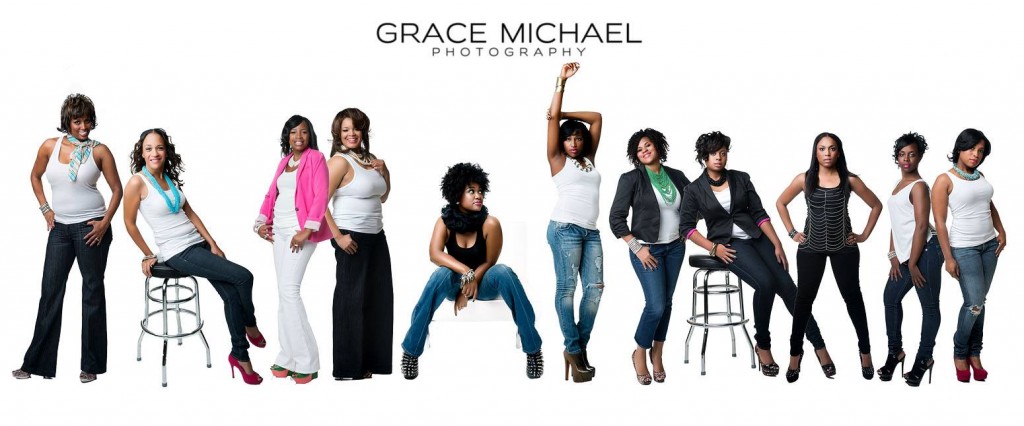
When did you first realize you wanted to be a photographer?
In May 2008, my husband purchased me my first DSLR as a birthday/Mother’s Day gift. By June, I had thoughts about being a photographer and, by July, I had a website. Looking back, I wish I had done it a bit differently. I wish that I had taken the time to really learn the craft.
I started out with a newborn shoot in June and then sent out an email to my mom friends asking if they would consider helping me build my portfolio. For the month of July, all sessions were free, then, in August, I increased session fees to $50. Even for free shoots clients had to pay for prints.
When and how did you start out in photography?
In 2007, I was searching for a photographer for our family portraits. During that time, I was struck by the lack of African American children and families represented on the numerous websites I visited. I looked at my daughter and thought, “She’s cute and she would be wonderful for a portfolio, and I’m sure there are plenty of other African American babies who would look wonderful photographed.” So, in July 2008, I started my business as means of capturing African American children. Five years later, I don’t capture the children quite as much, it’s mostly their mothers.
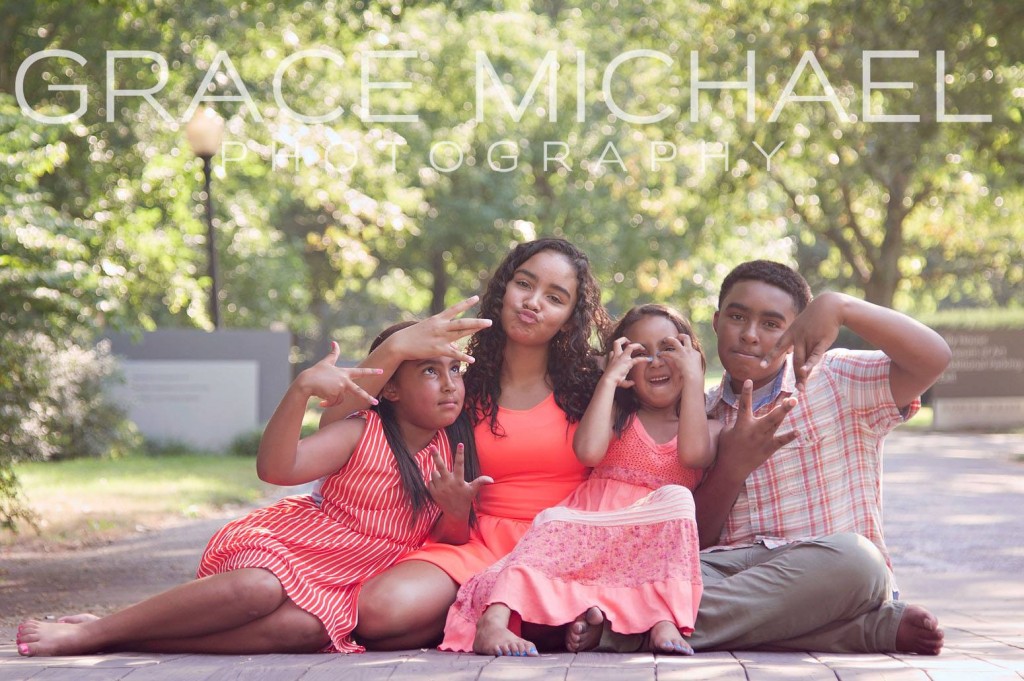
How would you describe your style?
My style is clean, simple and classic. My hope is that GMP images will hang on clients’ walls 10, 20 and 30 years from now and withstand the test of time and fads.
What’s in your gear bag?
I’m a Nikon girl. My main body is a D700. I have several lenses:
- Sigma 50 mm 1.4
- Nikkor 85 mm 1.8
- Nikkor 24-120 mm f/4
- Nikkor 135 mm f/2 DC
- Nikkor 70-200 mm 2.8
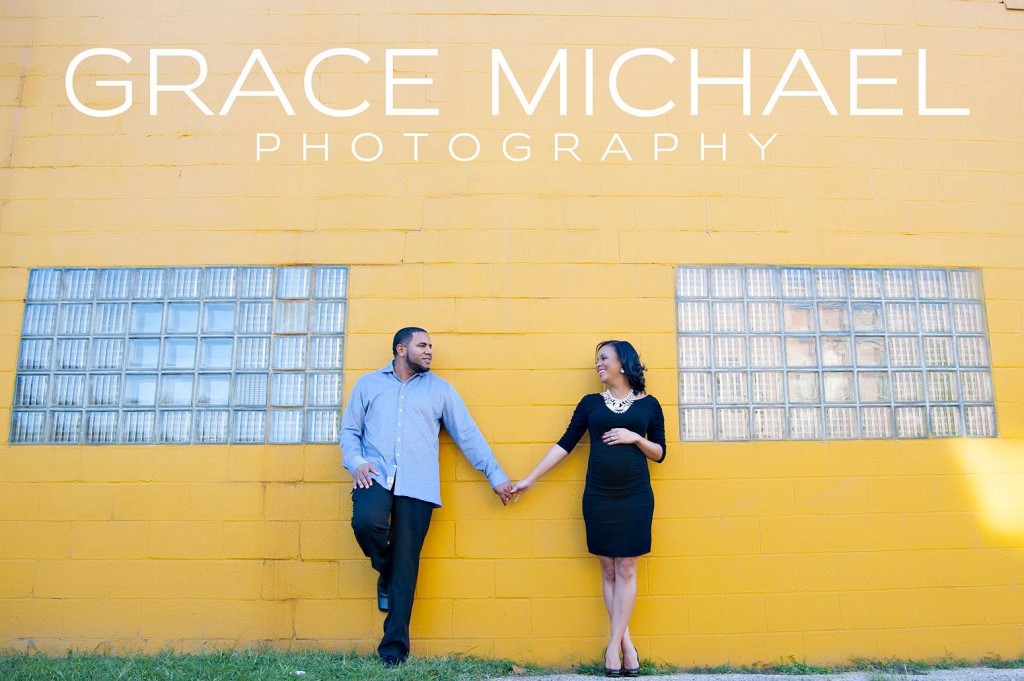
One lens you can’t live without?
My favorites are really the last three. I think much of it depends on what I am shooting, where I am shooting at and what the light is like. I love my 70-200 2.8 pushed in at 200 2.8. The compression is beautiful. And the 135 has quickly become my squeal lens (I squeal when I see the results). I purchased this lens in July and let’s just say that I’m elated. The 24-120 is my workhorse lens, especially in the studio. I was a little hesitant to purchase it, but oh-em-wow; I’m grateful that I did. When shooting in the studio — especially with lights — I prefer to not have to switch out lenses every five minutes. This 24-120 enables me to capture clients at a great portrait length but also gives me flexibility to do full body shots as well. Hey it even rocks with natural light.
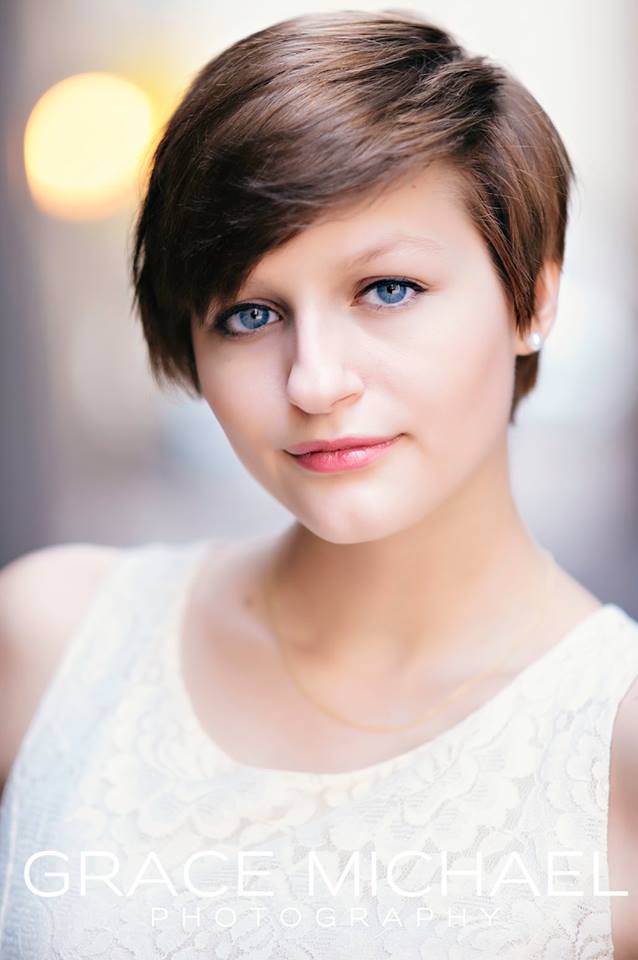
How did know when the right time to start charging was?
I’ve always charged. Even when I didn’t charge a lot, I still charged. I always felt that I was running a business and my primary purpose was to make money. For one month during my portfolio building process I offered free shoots, but clients had to pay for the prints that they wanted.
How much did you charge for your first session and how much are you charging for the same type of session now?
When I started, I took 800 pictures over a two to three hour period and only charged $50. Today, I shoot just under 300 images and charge $185. In addition to that, my clients also make another $75 investment with my makeup artist. It’s not a service that I require, but it’s one that I strongly suggest. I’m grateful that my clients trust me. Nearly 100% of them utilize that premium service. Including the cost of the MUA and the shoot, a client has invested $260 before they’ve even arrived at my studio.
My average sale four years ago was $130. Today, my average sale is $1150.
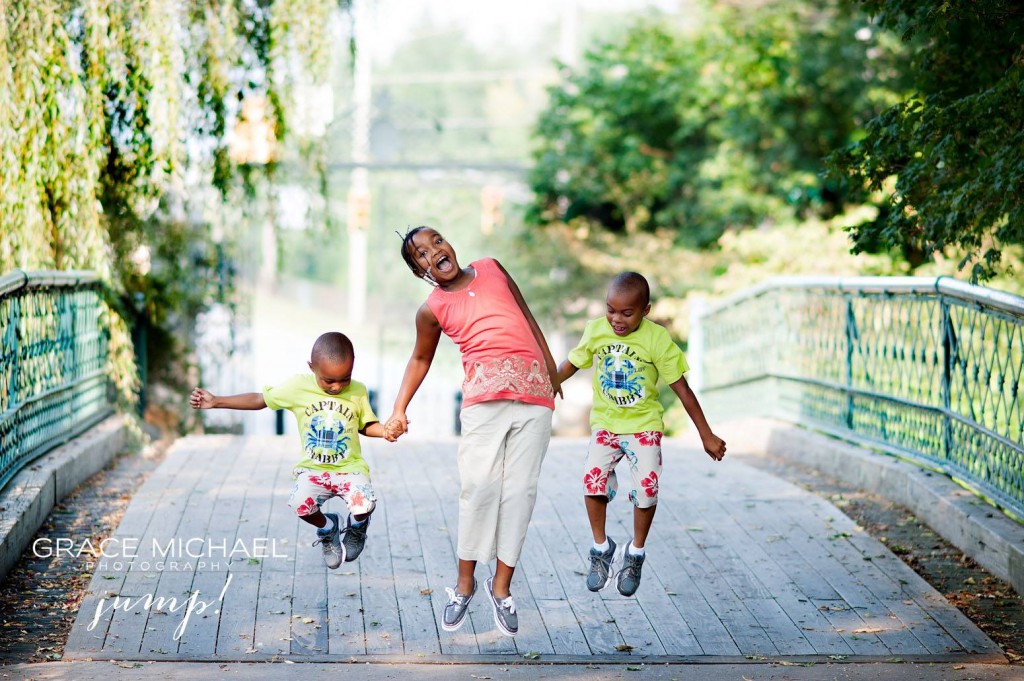
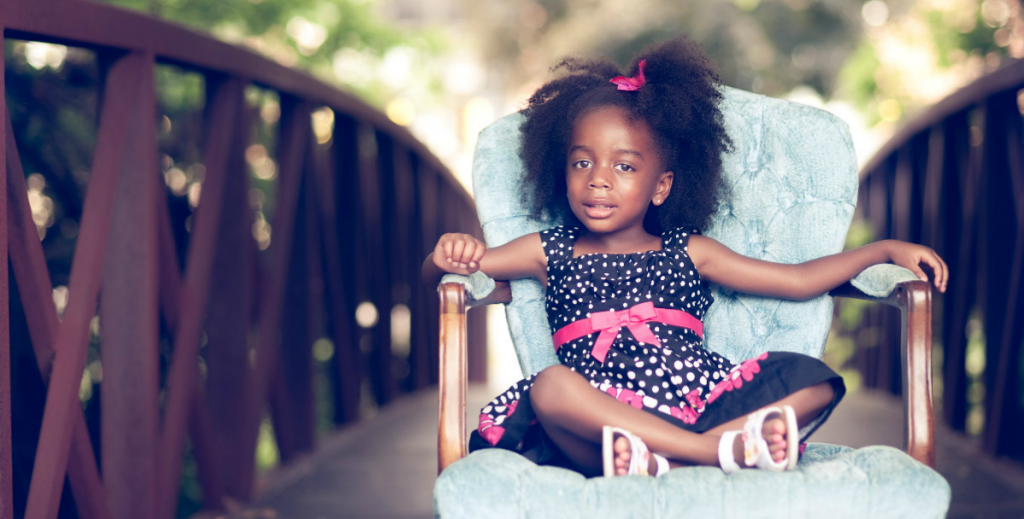
How did you market yourself when you started out?
I was an avid Facebook junkie and blogger. Somewhere along the line — maybe after accidentally deleting my blog — Facebook won out over blogging.
We are going to play a game. Name the first person that comes to mind when you think of…
- Newborn photographer: Jessica Vaughn
- Wedding photographer: Sue Stripling
- Fashion photographer: Dallas Logan
- Most inspirational person: My grandmother and my mother in-law. Both were separately -involved in nearly fatal crashes. My mother in law was in her late 60’s and my grandmother in her early 80’s. They each had to learn how to learn to live life a little differently. They had to learn to walk again and to complete simple tasks. Today, the still live with some limitations, but their limitations don’t cut down on their ability to live. It makes me proud to know that I am made from that stock and that my children have each of these women to look up to. I adore them both.
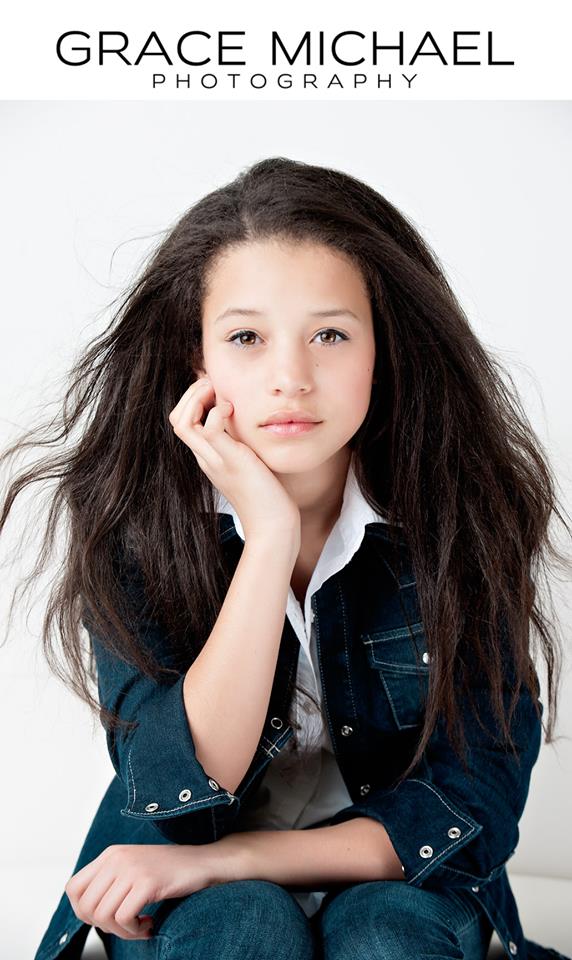
Name the first thing that comes to mind when you think of:
- Prop vendor: – I don’t use props, but I do use furniture. I’m eyeing some pieces from IKEA.
- Photography Book: Understanding Exposure
- Photography Blog: I don’t follow blogs!
Did you go to school for photography or were you self- taught? If self-taught, what helped you the most?
My photography education has been mostly on the job training. The experience has been refined through the usage of online tutorials, DVD purchases, YouTube Channels, and a few paid workshops. I started out on a website that is designed for children’s portrait photographers, but the skills that photographers pick up can help you in any shooting genre. Utilizing Internet resources was invaluable to me because it required me to be open to critical feedback. In order to advance to the business portion of the website, members had to submit a portfolio of images indicating that they had a basic grasp of photography (i.e. appropriate exposure, balanced composition, etc).
My first set of images I submitted with great arrogance and with little thought. Imagine my dismay when the portfolio was rejected. I don’t like rejection. But, the experience taught me that I needed to get my photography skills in order, especially if I wanted to be able to hold my head high and refer to myself as a photographer. At the minimum, I should know the basic components of a shot. So I got busy, reading, practicing, reading and practicing. A few months later I felt confident (not arrogant) and gleefully submitted my carefully pieced together portfolio. I was accepted. Getting into the business side of the website was an eye opener. I learned about pricing and proper business management. I’m not nearly as active today as I used to be but I am indebted to that forum for my growth as a photographer and helping me to create a pricing model that made me a profitable business.
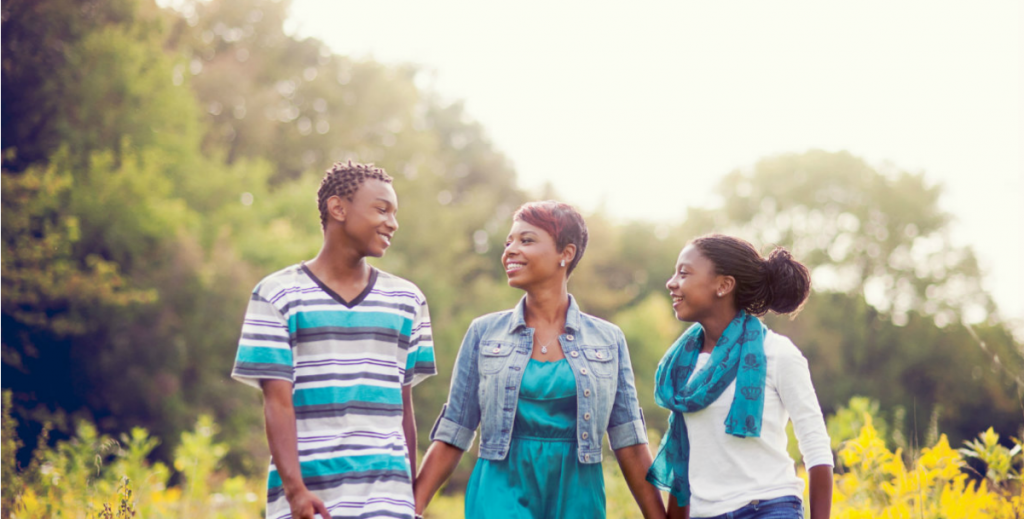
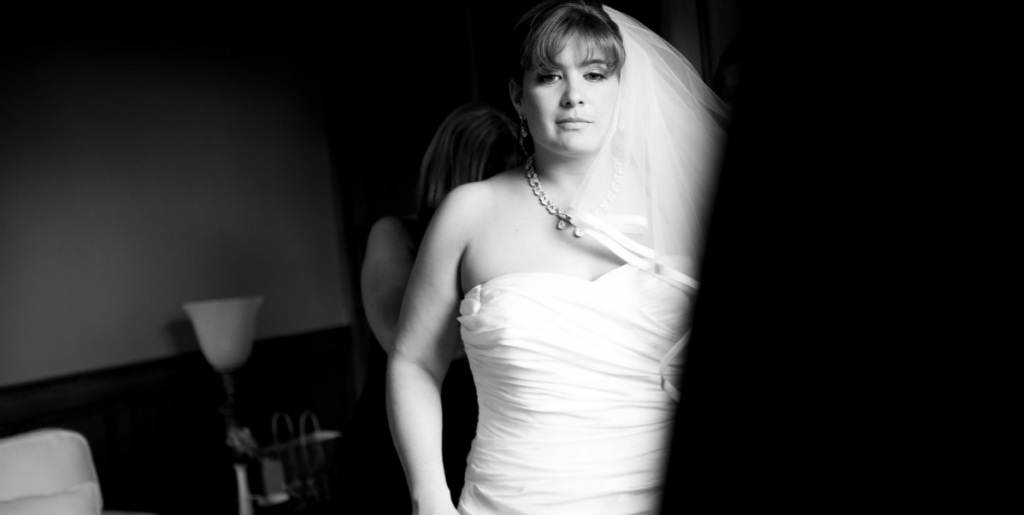
What has been some of the hardest things to overcome in your business?
Lighting and self-confidence. I think most photographers, especially women, struggle with the idea of “Am I good enough?” I’m not booked for the entire year, my images aren’t getting 400 likes on Facebook, my clients don’t look as if they stepped out of a J. Crew catalog. I finally had to come to a point where I had to realize that my clients felt I was good enough. They consistently book me, pay me, and keep my business going. I also had to realize that I have my own shooting style, and I had to reach a certain level of comfort in saying, “This is me; this is how I shoot.”
I’m not a prop photographer. Not because I don’t like them. My brain is not wired to assemble sets in a cutesie fashion. My brain likes simplicity, which is why I steer myself in that direction. I started out as a natural light photographer and am slowly drifting into the world of using artificial light. Lighting requires you to think differently. It makes you think about shadows, mood and, more importantly, the desired end result. Should you use a hair light, will this shoot be high key, will it be a dramatic image, all of those questions come into play as you’re setting up your lights and well before you push the trigger to take an image.
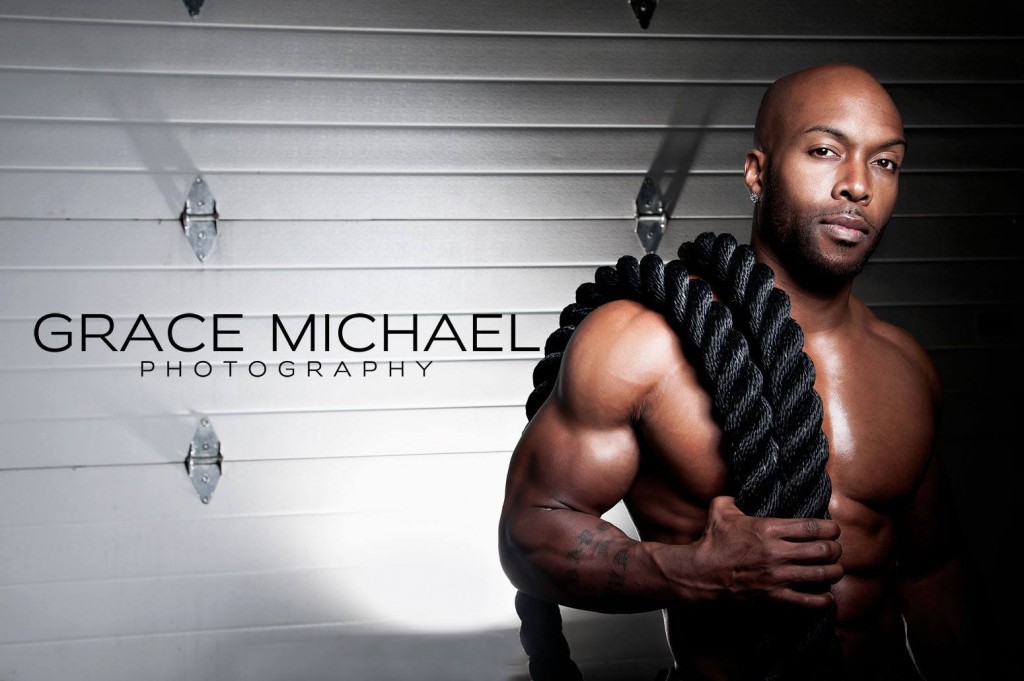
Do you have any tips for photographers just starting out?
When starting out in business, many new photographers fall into the trap of wanting to invest in things that don’t always make the most sense. We buy a certain modifier because “everyone” has it, or rush to upgrade our cameras despite not being fully capable of using the camera that we own to its fullest. We buy straps, camera bags, and everything in between. My suggestion is don’t be in a rush to upgrade equipment. Your money would be better spent on purchasing better glass. If your lens is slow and has a variable aperture, it’s not your friend. It may have a long reach, but it does you no good to be able to reach to 300mm if you have to compensate with a starting F-stop of 8 despite wanting creamy bokeh.
If you didn’t understand any of what I’m saying, that’s another reason why you shouldn’t upgrade your camera.
The amazing camera will be outdated within one week of purchasing.Outstanding glass will stand the test of time and will go with you from camera to camera to camera.
Also, remember you started your business to be a business. I don’t know how many times I have seen people post that they want to upgrade their gear and so they’re waiting for their spouse to purchase the new camera or new lens as a gift for their birthday or Christmas. The truth is, if you’re running your business in a profitable manner, your business should be paying for all equipment upgrades. A $2500 camera shouldn’t have to eat into the family budget if you’re running your business utilizing sustainable pricing and cost management practices. When you price your sessions, it is important to keep in mind that more than just your time is included in your cost. Taxes, insurance, gear maintenance, gear replacement, continuing education, guides, actions, and then of course your time is all factored into the cost of producing the session. Price yourself right, which sometimes means significantly higher then you originally planned to. Sometimes I can afford my photography (meaning I could be a paying client), other times I can’t and I’m okay with that.
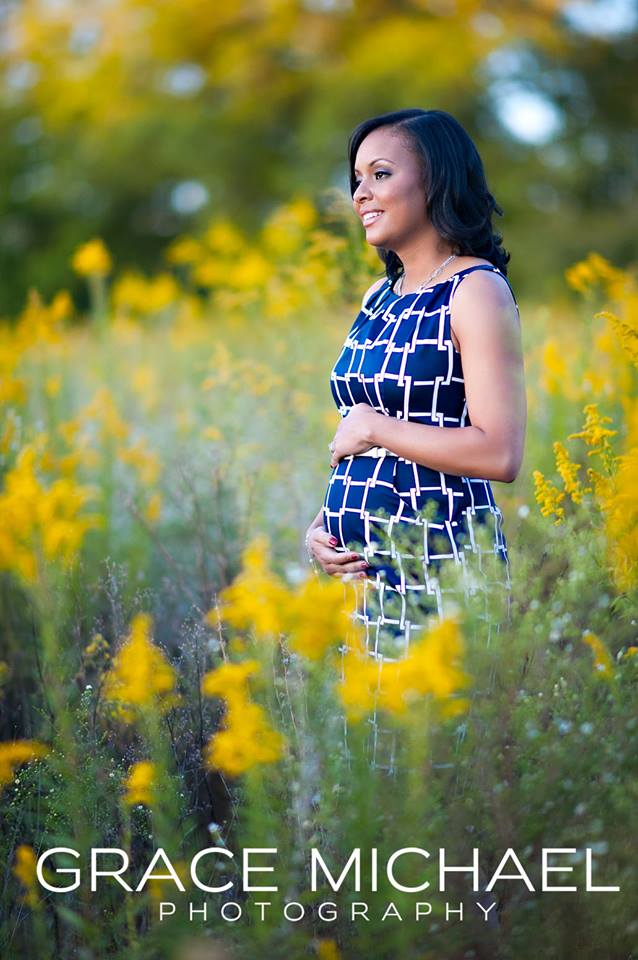
If for some reason you couldn’t be a photographer what do you think you would be?
If I weren’t a photographer, I would be a slightly more focused mom. When my daughter was born nearly eight years ago, I left my career in the nonprofit world to stay at home with her. Nearly three years later her brother joined our family just about the same time I started my business. I would like to think I would be a leaner, nicer and more sleep enriched individual. Or I would go back to my career in nonprofit.
What’s the best lesson in photography (business or shooting) that you’ve learned so far?
Choosing good glass has been one of the best lessons. I like that I can choose any lens in my arsenal and get the image that I am looking for. Yes, they cost quite a bit, but they are worth their weight in gold.
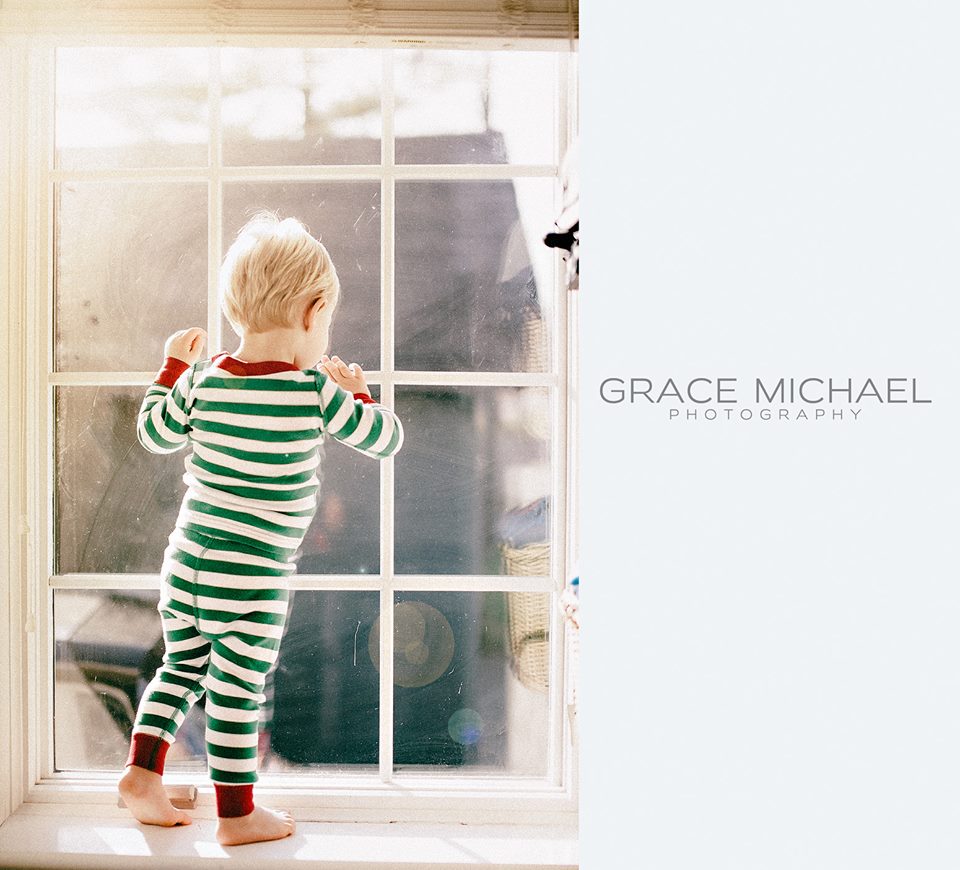
Learn More About Grace Michael Photography Online
Website | Blog | Facebook | Twitter | Instagram

